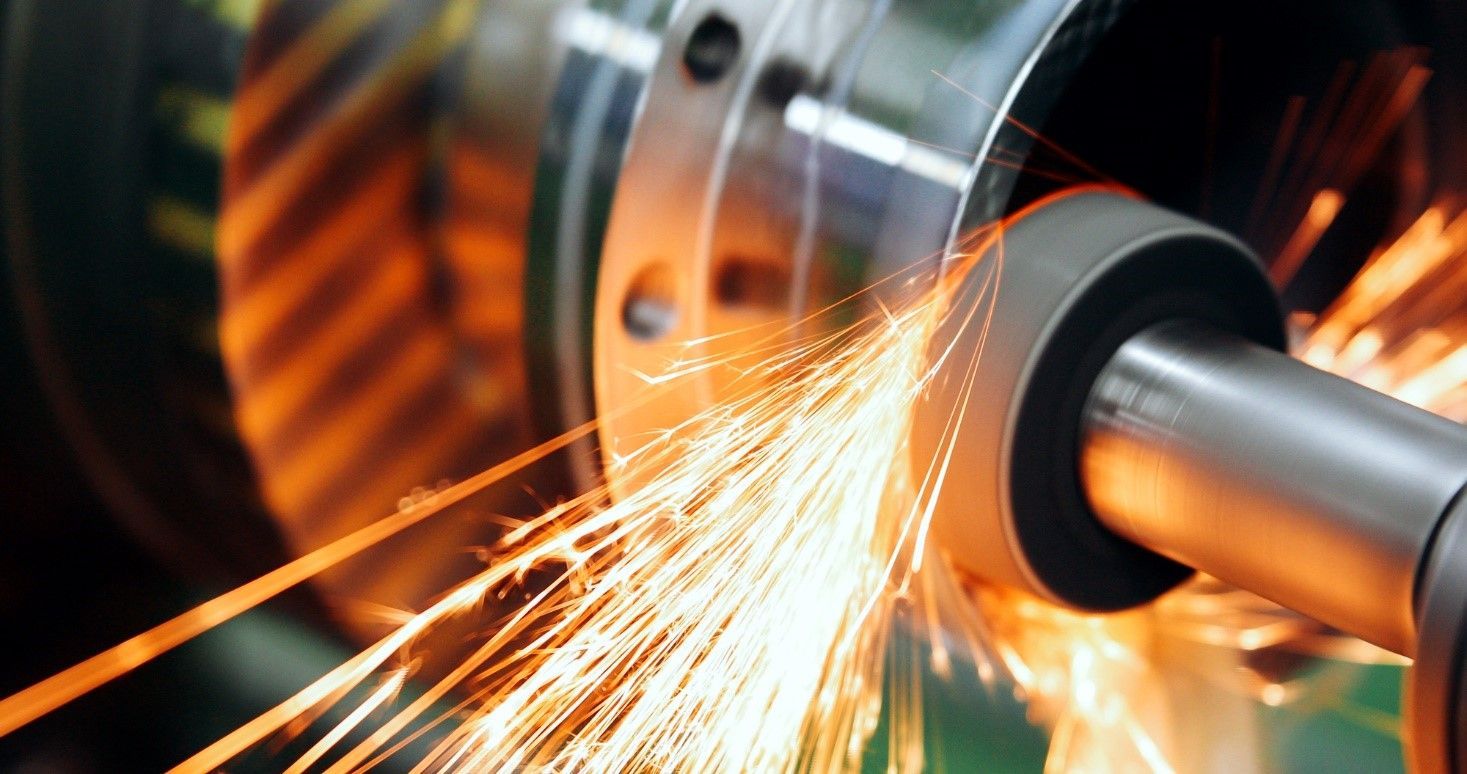Metal Forming: A Comprehensive Guide to Various Processes

Metal forming is a crucial aspect of manufacturing that transforms raw materials into intricate shapes and structures. The diversity of metal-forming processes allows industries to create an array of products, ranging from simple components to complex machinery.
Here are prominent types of metal-forming processes.
Roll Forming
Roll forming is a continuous metal shaping process used in manufacturing to create complex, long profiles with a consistent cross-section. The method involves passing a flat metal strip through a series of paired rolls; each set strategically positioned to gradually bend the material into the desired shape. These rolls progressively form the metal as it moves through the machine, ensuring precision and uniformity in the final product.
This versatile technique is widely employed in construction, automotive, and appliance manufacturing industries, where products like roofing panels, window frames, and structural components are produced. Roll forming offers efficiency, cost-effectiveness, and the ability to handle various materials, including steel, aluminum, and copper.
The process's adaptability, high production rates, and minimal waste make it a preferred choice for creating long, complex metal profiles with consistent quality.
Extrusion
Extrusion metal forming is a manufacturing process that involves forcing a metal billet or ingot through a shaped die to produce a continuous profile. This process is commonly used to create complex cross-sectional shapes with a consistent, uniform structure. The metal is heated to a specific temperature, making it more malleable, and then pushed or pulled through the die using a ram or screw.
The die itself defines the shape of the final product, and extrusion can be categorized into hot, warm, or cold extrusion based on the temperature of the metal during the process. Hot extrusion is performed at elevated temperatures, while cold extrusion is carried out at or near room temperature.
Extrusion finds application in various industries, such as automotive, aerospace, and construction, for producing components like tubes, rods, and profiles. This method offers advantages like high production rates, precise tolerances, and improved mechanical properties due to the controlled deformation of the metal. Overall, extrusion metal forming is a versatile and efficient technique for creating intricate metal components with consistent quality.
Press Braking
Press braking is a metal forming process used to bend and shape sheet metal into various configurations. The key tool in this process is a press brake machine, which utilizes a punch and die to apply force and deform the material. The sheet metal is placed between the punch and die, and the press brake exerts significant pressure to bend the material along a predetermined axis.
Operators can control the bend's angle and depth by adjusting the sheet metal's position and tooling on the press brake. This precision makes press braking suitable for creating a wide range of components with diverse shapes and sizes, from simple bends to complex geometric forms. The process offers efficiency and versatility, allowing for the production of intricate and customized parts for various applications.
Stamping
Stamping involves cutting or forming sheet metal into a specific shape using a stamping press. The process often includes blanking, piercing, bending, and drawing to produce intricate components at a high volume. Stamping is prevalent in industries such as automotive, aerospace, and electronics due to its efficiency and cost-effectiveness.
Forging
Forging is a traditional metal-forming process that involves shaping metal by applying localized compressive forces. This process can be performed using various techniques, including hammering, pressing, and rolling. Forging enhances the metal's mechanical properties, making it suitable for critical components in industries like aerospace, defense, and energy.
Casting
Casting is a method where molten metal is poured into a mold to solidify and take the desired shape. This versatile process allows for the production of intricate and large components with complex geometries. Investment casting, sand casting, and die casting are common techniques in casting, serving industries such as automotive, aerospace, and art foundries.
The choice of the appropriate method depends on factors like material type, required tolerances, production volume, and the complexity of the final product. Contact Spradlin Bros Welding Co for more information.


